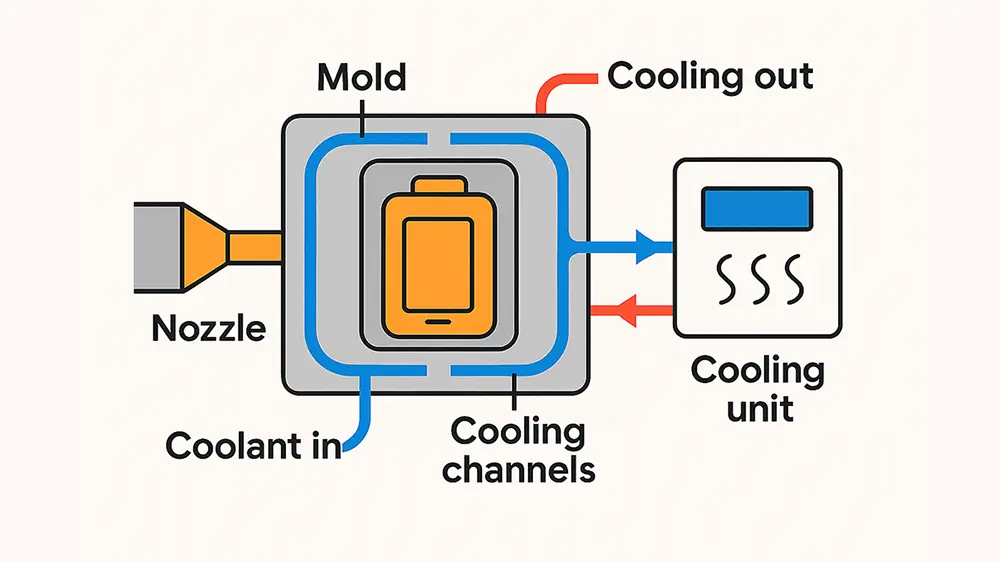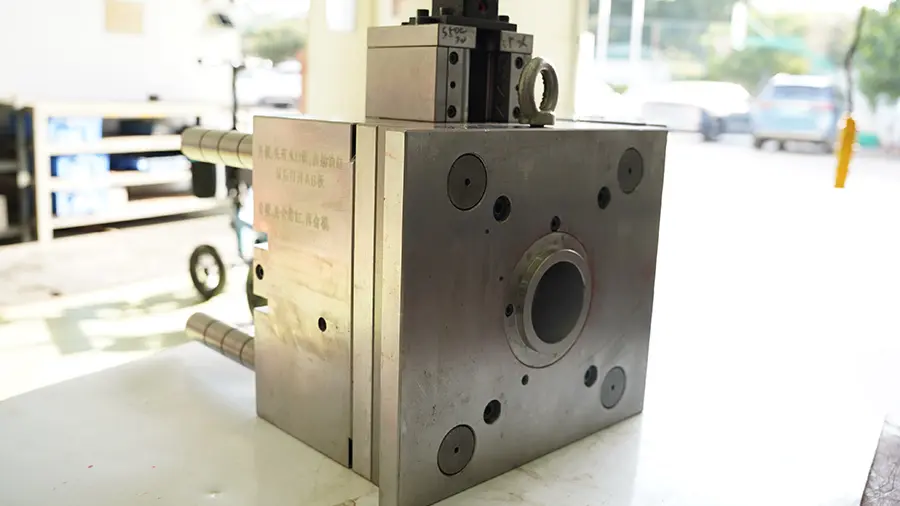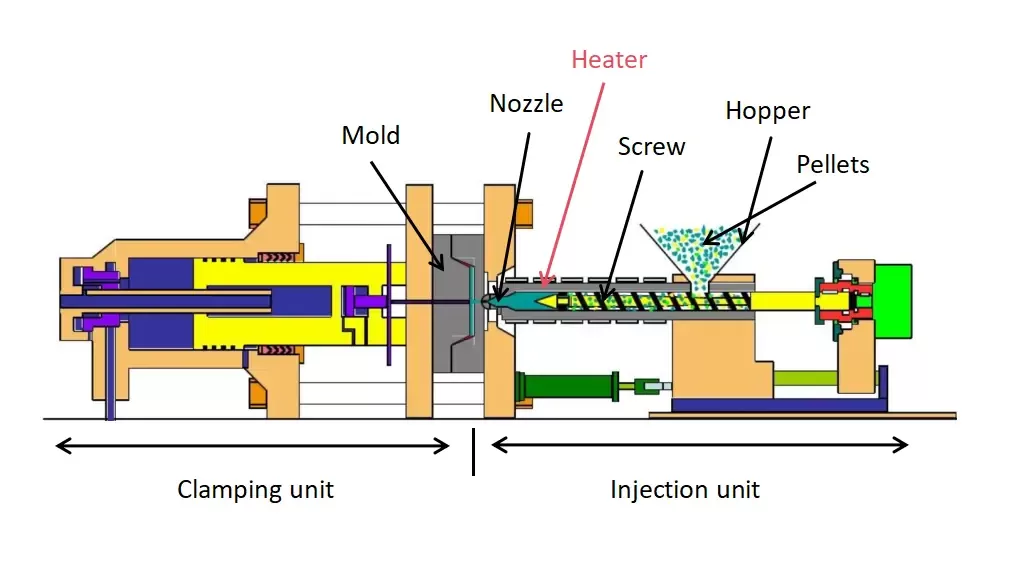In mechanical design and manufacturing, you will frequently encounter two common terms: tapped holes and threaded holes. Many beginners, and even some experienced engineers, occasionally confuse these two.
Are they the same? Are they interchangeable on drawings? Understanding the subtle differences between them is crucial when selecting or executing the correct machining process.
In this article, we will:
- Clarify the definitions of tapped hole and threaded hole
- Compare them from multiple perspectives
- Help you quickly identify and properly use these terms in daily work
Tapped vs. Threaded Holes: A Detailed Comparison
1. Definition
- Threaded Hole
A threaded hole is any hole that contains internal threads. It does not specify how the threads were created.
It simply describes the final condition: the hole has threads. - Tapped Hole
A tapped hole is a subset of threaded holes. It specifically refers to a hole where the internal threads were cut using a tap tool.
In short:
All tapped holes are threaded holes, but not all threaded holes are tapped holes.
2. Machining Method
| Hole Type | Typical Machining Methods |
|---|---|
| Threaded Hole | Tapping (tap cutting) – Thread forming (cold forming or rolling) – Casting with built-in threads – 3D printing – Threaded inserts |
| Tapped Hole | Only produced by tapping with a tap tool |
Notice that a threaded hole is a general term for the final geometry, while a tapped hole clearly implies the threading process must be tapping.
3. Drawing Interpretation
When reading engineering drawings:
If you see Tapped Hole, it is explicitly requesting you to make the threads by tapping.
If you see Threaded Hole, it only means the hole needs internal threads but leaves the manufacturing process open for you to choose.
Why does this matter? Some materials or production environments may prefer thread forming over tapping for better strength, speed, or tool life. Therefore, a “threaded hole” gives the machinist or engineer more freedom to decide.
4. Practical Example
Imagine you are working with an aluminum part:
If the drawing says M5 tapped hole, you know you must use a tap to cut an M5 thread.
If it says M5 threaded hole, you could:
- Use a tap (most common)
- Use a thread forming tap
- Use a thread insert system
- Even 3D print it if the application allows
This small difference can affect manufacturing cost, strength, and production speed.
5. Why People Get Confused?
- In everyday conversation, many engineers will casually say “tap” or “tapping” when they just mean “make threads”.
- On older or less formal drawings, tapped hole is often used loosely to refer to any threaded hole.
- For beginners, the word tapped might sound like a general word for “threaded”, but technically it’s not.
To summarize:
| Aspect | Tapped Hole | Threaded Hole |
|---|---|---|
| Meaning | A threaded hole made by tapping | Any hole with internal threads |
| Machining | Tapping only | Tapping, thread forming, casting, 3D printing, inserts, etc. |
| Drawing Implication | Requires tapping | Only requires threads, method is flexible |
| Relationship | Subset of threaded holes | General category |
In practice, the difference is subtle but important. Correctly understanding these terms helps you:
- Avoid machining errors
- Improve communication with engineers, customers, and suppliers
- Choose the most suitable production method
If you are a beginner in CNC machining or mechanical design, remember:
A tapped hole is always threaded, but not every threaded hole is necessarily tapped.





